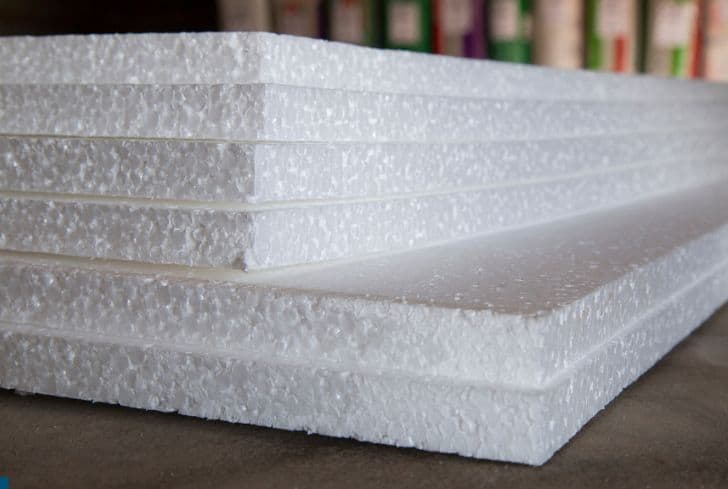The Surprising Truth About Styrofoam: What You Need to Know
Styrofoam is everywhere. From takeout containers to packing materials, it's a ubiquitous part of our daily lives. But what do we really know about this material? Is it harmful to the environment? Can it be recycled? In this article, we'll explore the surprising truth about Styrofoam and what you need to know.
First of all, let's clear up a common misconception. The term "Styrofoam" is actually a brand name for a type of polystyrene foam insulation. The material we're referring to is technically called expanded polystyrene foam, or EPS for short. It's made from a lightweight plastic that's composed of 95% air and 5% plastic. This makes it an excellent insulator, which is why it's so commonly used in packaging and construction.
But here's where things get interesting. Despite its lightweight and seemingly harmless nature, EPS has some serious environmental drawbacks. For starters, it's not biodegradable. That means that once it's discarded, it can take hundreds of years to break down in the environment. This can lead to serious pollution problems, especially in marine ecosystems where EPS can be mistaken for food by marine animals.
Another issue with EPS is that it's difficult to recycle. While some recycling programs do accept EPS, it's not as widely accepted as other materials like paper or aluminum. This is partly because EPS takes up a lot of space and is difficult to transport, which makes it expensive to recycle. Additionally, EPS is often contaminated with food or other materials, which makes it harder to recycle effectively.
So what can we do about this? One solution is to reduce our use of EPS altogether. This can be done by choosing alternative materials for packaging and insulation, such as paper or biodegradable plastics. Another solution is to recycle EPS whenever possible. While it may not be as easy as recycling other materials, it's still an important step in reducing our environmental impact.
But there's another side to the story. Despite its environmental drawbacks, EPS has some important benefits as well. For one thing, it's incredibly lightweight and energy-efficient. This means that it takes less energy to produce and transport than other materials like glass or metal. Additionally, EPS is an excellent insulator, which can help reduce energy consumption in buildings and homes.
So what's the bottom line? EPS is a complex material with both benefits and drawbacks. While it's important to be aware of its environmental impact and take steps to reduce our use of it, we shouldn't overlook its important role in industries like construction and packaging. By finding ways to use EPS more responsibly and recycle it effectively, we can strike a balance between its benefits and drawbacks.
In conclusion, Styrofoam (or EPS) is a material that's both ubiquitous and controversial. While it has important benefits in terms of insulation and energy efficiency, it also has serious environmental drawbacks that can't be ignored. By understanding the complexities of this material and taking steps to use it more responsibly, we can work towards a more sustainable future. So the next time you see a Styrofoam container or packing peanut, remember the surprising truth about this material and what you can do to make a difference.
Labels: Interesting, science, Technology


0 Comments:
Post a Comment
Subscribe to Post Comments [Atom]
<< Home